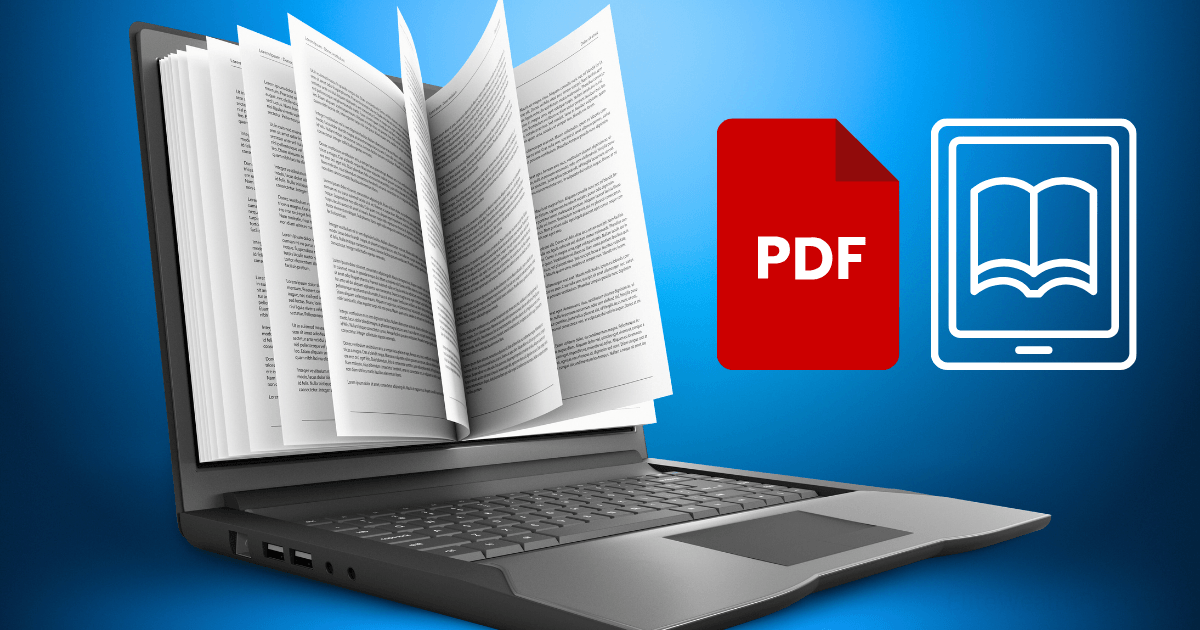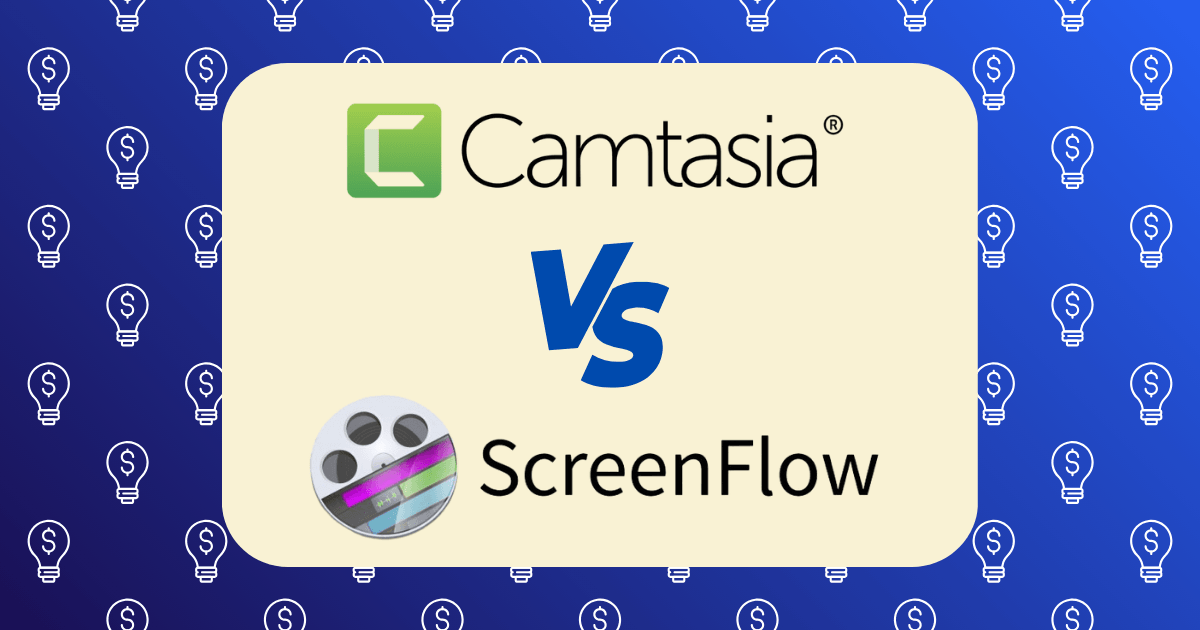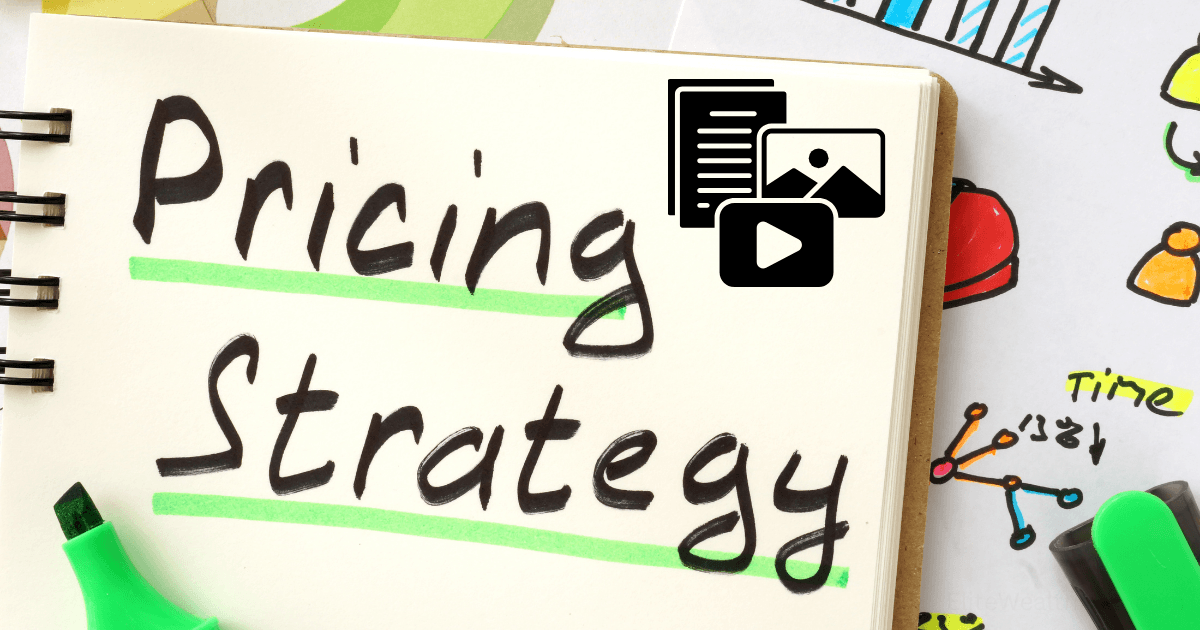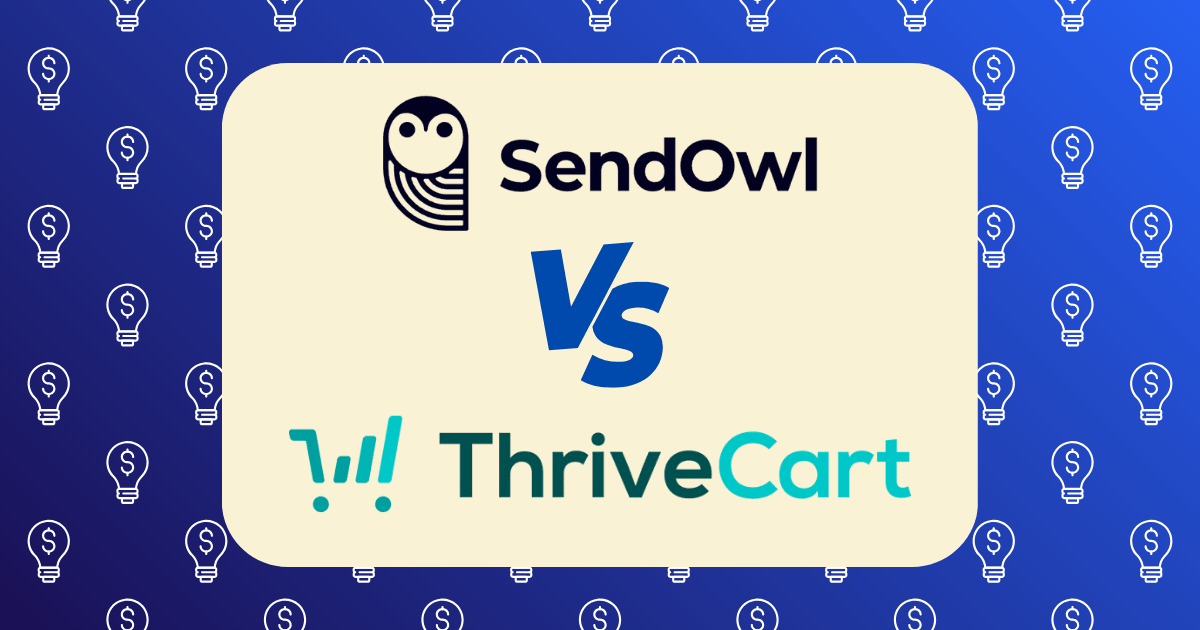E-book Empire: How I Wrote and Launched a $27 E-book That’s Sold 1,000+ Copies

When I published my first e-book 14 months ago, I had modest expectations. Like most first-time authors, I hoped to sell a few hundred copies, establish some credibility in my field, and perhaps generate a small side income. What I didn’t expect was to create a digital product that would sell over 1,000 copies at $27 each—generating more than $27,000 in revenue with virtually no overhead costs.
This wasn’t the result of luck or an existing large audience. It was the product of strategic research, methodical execution, and a launch strategy specifically designed to succeed in today’s competitive digital marketplace. In this comprehensive guide, I’ll walk you through my exact process, from initial concept to successful sales, so you can replicate this model for your own e-book empire.
The E-book Opportunity in 2025
Before diving into my specific strategy, let’s examine why e-books remain a powerful opportunity in 2025. According to Learning Revolution, the global e-book market is projected to reach 1.1 billion readers and generate over $15 billion in annual revenues by 2027. A 2024 Content Marketing Benchmarks study found that 51% of marketers indicated that publishing thought leadership content and e-books are effective for building authority and generating leads.
Despite these impressive numbers, the average self-published e-book sells fewer than 150 copies in its lifetime according to data from Quora. This creates both a challenge and an opportunity: while the competition is fierce, the rewards for those who execute effectively are substantial.
Phase 1: Strategic Research and Positioning
The foundation of my success wasn’t in the writing or even the marketing—it was in the meticulous research I conducted before typing a single word.
The Profitable E-book Formula
I developed what I call the “Profitable E-book Formula” to identify a topic with high commercial potential:
- Identify a specific problem: Not just any problem, but one with these characteristics:
- Urgent enough that people will pay to solve it
- Specific enough to target precisely
- Complex enough to justify a comprehensive solution
- Valuable enough that the solution commands a premium price
- Find the audience-content gap: I analyzed:
- Amazon bestseller lists in my category
- Goodreads reviews (particularly negative ones)
- Reddit threads and forums
- Facebook groups
- Quora questions
- Validate commercial viability: Before committing to the project, I:
- Created a landing page with my e-book concept
- Ran limited test ads ($100 budget)
- Set up a pre-order option
- Analyzed click-through rates and pre-order conversions
This research phase took three weeks but saved me months of potential wasted effort. The data revealed a significant opportunity: while there were many e-books on my general topic (digital marketing), there was a specific sub-niche with high demand but inadequate existing solutions.
Positioning for Premium Pricing
A critical early decision was pricing my e-book at $27—significantly higher than the typical $9.99 or less for most e-books. This wasn’t arbitrary; it was a strategic choice based on:
- Perceived value alignment: My research showed that my target audience (small business owners and entrepreneurs) routinely invested hundreds or thousands in courses and consulting. A $27 e-book positioned as a comprehensive solution represented exceptional value.
- Profit margin requirements: At $27, I could afford to:
- Invest in professional design
- Allocate budget for marketing
- Partner with affiliates (offering 40% commission)
- Still maintain healthy profits
- Psychological positioning: The higher price point communicated seriousness and depth, distinguishing my product from the sea of lower-priced, lower-quality alternatives.
According to Beverly Hills Publishing, established authors can command higher prices, with consumers willing to pay a 66% premium for books by trusted authors compared to unknown authors. While I wasn’t established yet, I used specific strategies to build that trust quickly.
Phase 2: Content Creation and Packaging
With my topic validated and positioning established, I moved to the content creation phase.
The Authority Content Framework
Rather than simply writing what I thought people wanted to know, I developed what I call the “Authority Content Framework”:
- Problem-Solution Mapping: I created a comprehensive map of:
- Every specific problem my audience faced
- The exact solution to each problem
- The implementation steps for each solution
- Potential obstacles and how to overcome them
- Evidence Collection: For each major claim or strategy, I gathered:
- Case studies (both my own and others’)
- Research data and statistics
- Expert quotes and perspectives
- Real-world examples
- Value Acceleration Elements: Throughout the content, I integrated:
- Templates and frameworks
- Checklists and worksheets
- Scripts and swipe files
- Decision trees
This approach ensured my e-book wasn’t just informative but transformative—providing concrete tools readers could implement immediately.
Design and Formatting for Perceived Value
The visual presentation of an e-book significantly impacts perceived value. I invested in:
- Professional cover design: Working with a designer who specialized in e-book covers for my specific niche
- Interior formatting: Clean, consistent layout with branded elements
- Custom graphics: Illustrations, charts, and diagrams that clarified complex concepts
- Interactive elements: Clickable table of contents, hyperlinked resources, and fillable worksheets
According to Visme, the design and formatting of an e-book can dramatically influence sales potential. My investment of $450 in professional design yielded significant returns through higher perceived value and better reader experience.
Phase 3: Pre-Launch Strategy
The success of my e-book was largely determined before it was even available for purchase. I implemented a comprehensive pre-launch strategy over 45 days.
The Audience-Building Sequence
- Content Seeding: I published 5 in-depth blog posts covering aspects of my e-book topic, each ending with a teaser about the upcoming e-book and a newsletter signup form.
- The Expert Roundup: I reached out to 15 experts in my field and included their insights in both my blog content and the e-book itself. This served two purposes:
- Enhanced the value and credibility of my content
- Created 15 potential promotional partners with a vested interest in my e-book’s success
- The Waitlist Strategy: I created an exclusive waitlist for the e-book with:
- Early-bird pricing incentives
- Bonus content for waitlist members
- Behind-the-scenes updates on the creation process
This waitlist grew to 780 people before launch day—a significant advantage that created momentum from day one.
The Strategic Beta Reader Program
Rather than simply asking friends to review my e-book, I implemented a structured beta reader program:
- Selection criteria: Beta readers had to:
- Be part of my target audience
- Commit to providing detailed feedback
- Have some relevant experience or expertise
- Feedback framework: I provided specific questions and areas for feedback, focusing on:
- Content gaps or confusions
- Most and least valuable sections
- Implementation challenges
- Results achieved from applying the strategies
- Testimonial generation: Beta readers who achieved results using my strategies were invited to provide testimonials for the launch.
This process yielded 12 powerful testimonials and significantly improved the quality of the final product.
Phase 4: Launch Strategy
With a strong foundation in place, I executed a multi-phase launch strategy designed to create momentum and maximize sales.
The Tiered Launch Approach
I structured my launch in three distinct phases:
Phase 1: Waitlist Launch (Days 1-3)
- Exclusive access for waitlist subscribers
- Special pricing ($19 instead of $27)
- Additional early-bird bonuses
- 24-hour countdown emails
Results: 312 sales in the first 72 hours
Phase 2: Public Launch (Days 4-10)
- Regular pricing ($27)
- Coordinated promotion across all channels
- Affiliate partnerships activated
- Guest appearances on podcasts and webinars
Results: 418 additional sales
Phase 3: Evergreen Systems (Day 11 onward)
- Automated email sequences
- Strategic content marketing
- Targeted advertising
- Continuous optimization
Results: Consistent sales of 20-30 copies per week
The Multi-Channel Promotion Strategy
Rather than relying on a single marketing channel, I implemented a diversified approach:
- Email marketing: Segmented sequences based on subscriber interests and behaviors
- Social media: Platform-specific content strategies for LinkedIn, Twitter, and Instagram
- Partnerships: Guest posts, podcast interviews, and newsletter features
- Paid advertising: Targeted Facebook and Amazon ads with strict ROI monitoring
- Community engagement: Active participation in relevant online communities
According to DgtlMart, building an email list of 1,000 engaged people can help authors establish strong review counts and reach bestseller status. My multi-channel approach helped me surpass this benchmark.
Phase 5: Sales Optimization and Scaling
Reaching 1,000+ sales didn’t happen overnight. After the initial launch, I implemented systematic optimization strategies.
The Continuous Testing Framework
I established a structured testing process:
- Price testing: I tested different price points ($19, $27, $34) and found $27 to be the optimal balance between conversion rate and revenue.
- Sales page optimization: Through A/B testing, I:
- Refined headline variations
- Tested different testimonial placements
- Optimized the guarantee language
- Experimented with various bonus structures
- Traffic source optimization: I analyzed which traffic sources produced:
- Highest conversion rates
- Lowest customer acquisition costs
- Best customer quality (measured by refund rates and engagement)
These optimizations increased my conversion rate from 4.2% to 7.8% over three months.
The Strategic Bundle Evolution
To increase average order value and overcome price objections, I developed strategic bundles:
- Basic e-book: $27
- E-book + video walkthrough: $47
- Complete implementation package: $97 (including e-book, videos, templates, and group Q&A session)
This approach increased my average transaction value by 68% while providing genuine additional value to customers with different needs and preferences.
Key Metrics and Results
After 14 months, here are the key metrics from my e-book business:
- Total units sold: 1,087
- Revenue breakdown:
- Basic e-book ($27): 683 copies = $18,441
- Enhanced package ($47): 284 copies = $13,348
- Complete package ($97): 120 copies = $11,640
- Total revenue: $43,429
- Expenses:
- Professional editing: $850
- Cover and interior design: $450
- Technical setup and tools: $380
- Advertising: $2,740
- Affiliate commissions: $4,120
- Total expenses: $8,540
- Net profit: $34,889
- Time investment:
- Research and planning: 45 hours
- Writing and editing: 120 hours
- Launch preparation: 60 hours
- Ongoing marketing: 5 hours/week
- Total time investment: ~400 hours
- Hourly rate: ~$87/hour
Beyond the direct financial returns, the e-book has generated significant secondary benefits:
- Established my authority in my niche
- Created speaking and consulting opportunities
- Built an email list of 3,800+ engaged subscribers
- Provided a foundation for higher-priced offerings
Lessons Learned and Critical Success Factors
Through this journey, I identified several factors that were crucial to my success:
1. Audience-First Approach
The most important decision was starting with audience needs rather than my own expertise or interests. By solving a specific, urgent problem for a defined audience willing to pay for solutions, I created something with inherent demand.
2. Premium Positioning
Pricing at $27 rather than the typical $9.99 or less was initially nerve-wracking but proved essential to:
- Attracting serious buyers
- Enabling marketing investment
- Signaling premium quality
- Supporting affiliate partnerships
3. Launch Momentum
The concentrated effort to build pre-launch anticipation and execute a structured launch created crucial initial momentum. This early success:
- Generated reviews and testimonials
- Improved algorithmic rankings
- Created social proof
- Provided data for optimization
4. Continuous Optimization
The systematic approach to testing and improving every aspect of the sales process turned an initially successful product into a sustainable business asset.
5. Value Expansion
By creating additional value through bundles and supplementary materials, I was able to increase revenue without requiring additional customer acquisition.
Implementation Guide: Creating Your Own E-book Success Story
If you’re inspired to create your own profitable e-book, here’s a step-by-step implementation guide:
Step 1: Strategic Research (Weeks 1-3)
- Identify 3-5 potential topics within your expertise
- Research existing solutions and their shortcomings
- Analyze audience pain points and willingness to pay
- Test commercial viability through micro-commitments
Step 2: Content Development (Weeks 4-8)
- Create a comprehensive outline based on research
- Develop proprietary frameworks and methodologies
- Write with a focus on actionable implementation
- Include supporting materials (templates, checklists, etc.)
Step 3: Production and Packaging (Weeks 9-10)
- Invest in professional editing and proofreading
- Create a compelling cover and interior design
- Format for optimal digital reading experience
- Develop supplementary materials for value enhancement
Step 4: Pre-Launch Activities (Weeks 11-14)
- Build anticipation through content marketing
- Establish a waitlist with incentives
- Recruit and manage beta readers
- Collect testimonials and case studies
Step 5: Strategic Launch (Weeks 15-16)
- Execute tiered launch strategy
- Activate multi-channel promotion
- Monitor and respond to early feedback
- Capture data for optimization
Step 6: Optimization and Scaling (Ongoing)
- Test and refine key variables
- Develop strategic bundles and upsells
- Build automated marketing systems
- Expand reach through partnerships
Conclusion: Your E-book Empire Awaits
Creating and selling a successful e-book isn’t about writing skills alone—it’s about understanding market dynamics, strategic positioning, and effective execution across the entire product lifecycle. By following the framework I’ve outlined, you can create not just a single successful e-book but potentially an entire portfolio of profitable digital products.
The global e-book market continues to grow, with Productive Blogging noting that creating and selling e-books can significantly reduce reliance on unpredictable traffic sources like Google while establishing you as an authority in your field. With the right approach, your e-book can become both a significant revenue source and a powerful business development tool.
Remember that success in this space isn’t about competing with the millions of e-books already available—it’s about creating exceptional value for a specific audience with urgent needs and the willingness to pay for solutions. When you achieve that alignment, 1,000 sales and beyond is not just possible but probable.
Have you created or considered creating an e-book? What challenges are you facing in the process? Share your thoughts in the comments below.







